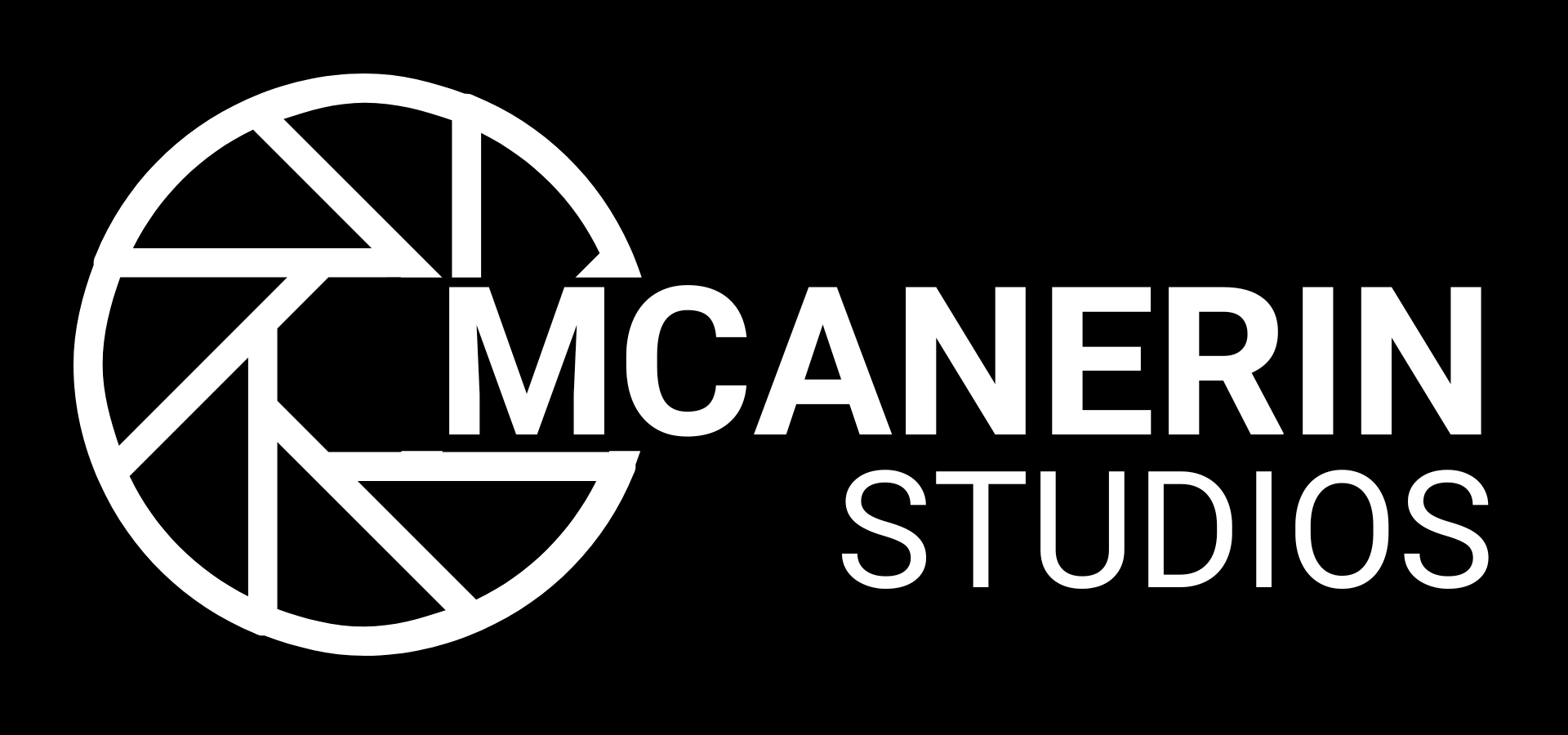The Issue with Nudity Terms and Definitions
Photographers and models often have differing perceptions of nudity, which can lead to misunderstandings or miscommunication during photoshoots. Here are some common ways in which their definitions of nudity might differ:
- Full Nudity vs. Partial Nudity:
- Photographers: May only consider a shot as “nude” if it includes full frontal exposure, particularly when the genitals or breasts are visible.
- Models: Often consider themselves nude if they are not wearing any clothing, regardless of whether the shot is partial or full, or which body parts are visible in the image.
- Partial Nudity:
- Photographers: Might view partial nudity as non-nude because strategic posing, clothing items, lighting, or props are used to cover the genitals and nipples, thus not classifying it as full nudity.
- Models: Might still consider partial nudity as being nude since they are unclothed during the shoot, even if nothing explicit is shown in the final image.
- Implied Nudity:
- Photographers: Might view implied nudity as non-nude because the model is clothed.
- Models: Might still consider implied nudity as partial nudity since although they are clothed during the shoot, they appear not to be in the final image.
- Topless vs. Nude:
- Photographers: May categorize “topless” photography separately from “nude” photography, considering topless to be less revealing and more acceptable in certain contexts.
- Models: Might view being topless as a form of nudity, as they are exposed to some degree and may feel similarly vulnerable as when fully nude.
- Bare Buttocks (Cheeky):
- Photographers: Often see shots that expose only the buttocks (e.g., with a thong or other minimal coverage) as not fully nude, classifying them under partial nudity or “cheeky” rather than nude.
- Models: Might still classify these shots as nude because they are undressed and exposed in a significant way, even if it’s not full frontal.
- Revealing Clothing:
- Photographers: Could consider images with revealing clothing (e.g., sheer fabrics, lingerie, or swimwear) as non-nude or even as standard fashion photography.
- Models: May perceive wearing extremely revealing or see-through clothing as a form of nudity, especially when it leaves them feeling exposed or when their body shape is clearly visible.
- Body Paint:
- Photographers: Might classify body paint as a form of art that doesn’t count as nudity because the paint acts as a form of “clothing” or covering, even though it’s painted directly on the skin.
- Models: Often see body paint as nude since they are essentially naked, despite the artistic covering provided by the paint.
- Coverage with Props or Accessories:
- Photographers: May not consider a shot nude if the body is covered by props (e.g., fabric, flowers, furniture) that obscure the genitals or nipples, viewing it as more artistic or implied.
- Models: Might still feel nude because they are not wearing actual clothing, and their body is being used as part of the artistic composition.
- Sensual or Erotic Poses:
- Photographers: Sometimes focus on the pose rather than the level of exposure, viewing sensual or suggestive poses as a separate category (e.g., glamour or erotic) rather than strictly nude.
- Models: May categorize these poses as nude or near-nude due to the nature of the positioning and exposure, even if the genitals or breasts are not explicitly shown.
- Cultural and Personal Perceptions:
- Photographers: Often operate within industry standards and legal definitions, which can vary, leading them to classify nudity based on what is legally or commercially acceptable.
- Models: Bring their own cultural, personal, and comfort-based definitions to the table, which may be more conservative or differ significantly from industry norms.
These differing definitions highlight the importance of clear communication and setting boundaries before a photoshoot to ensure that both photographers and models have a mutual understanding of what “nudity” entails in the context of their work together.
McAnerin Studios Nudity Terms
When mentioned in our contracts, proposals, and vision boards, this is what these terms mean to us. If you do not have the same definition, please let us know and the clarification will be written into the “Special Conditions” clause all of our contracts have.
Nudity – No clothes worn at some point on the set, regardless of what is seen on camera.
Partial Nudity – topless, thong, or sheer. It can also include covered nudity.
Implied Nudity – wearing clothes but photographed to seem like you might not be.
Cheeky – showing the buttocks, typically in a thong.
Lingerie – Often includes sheer fabrics and cheeky designs. Topless may be included but is not assumed.
Swimwear – Often includes cheeky designs. Topless may rarely be included but is not assumed.
